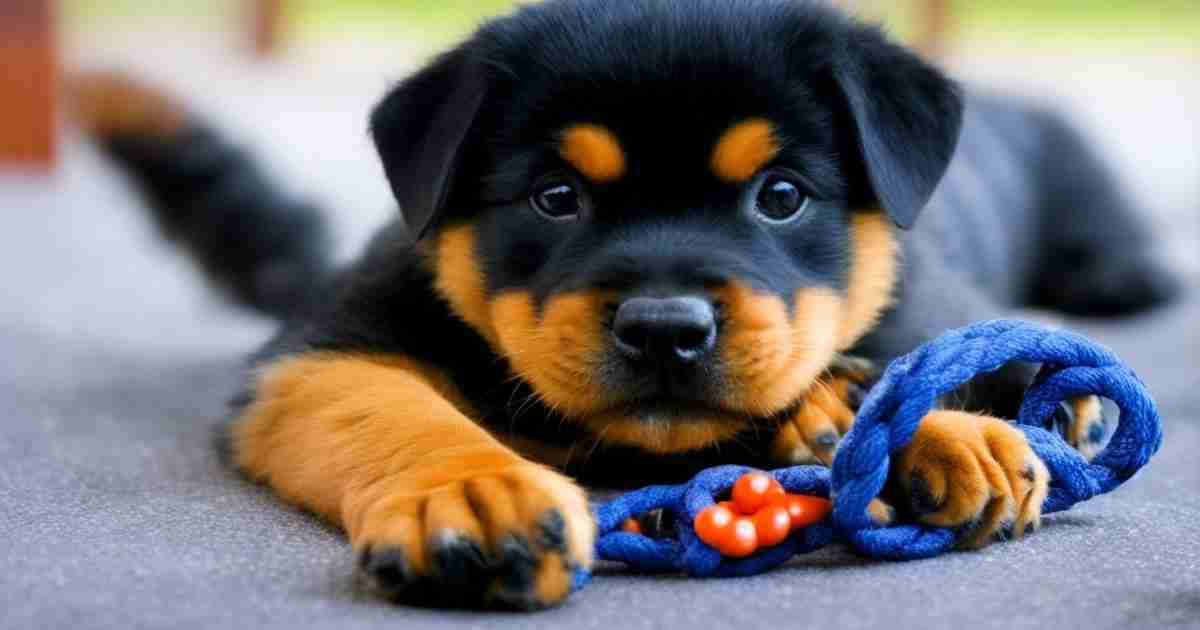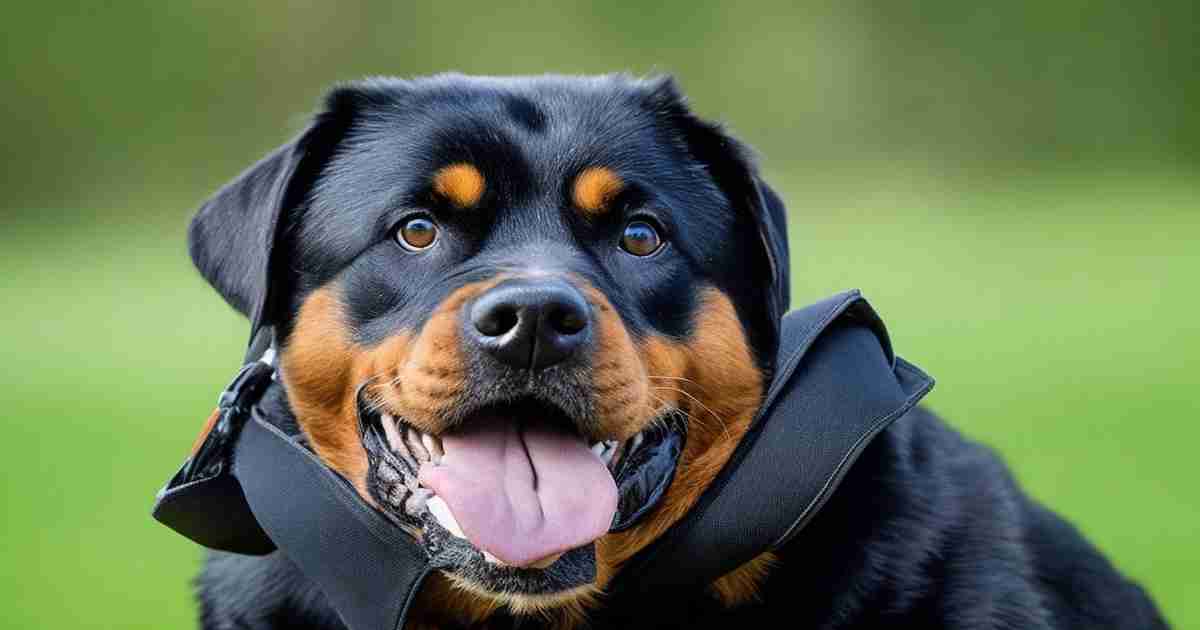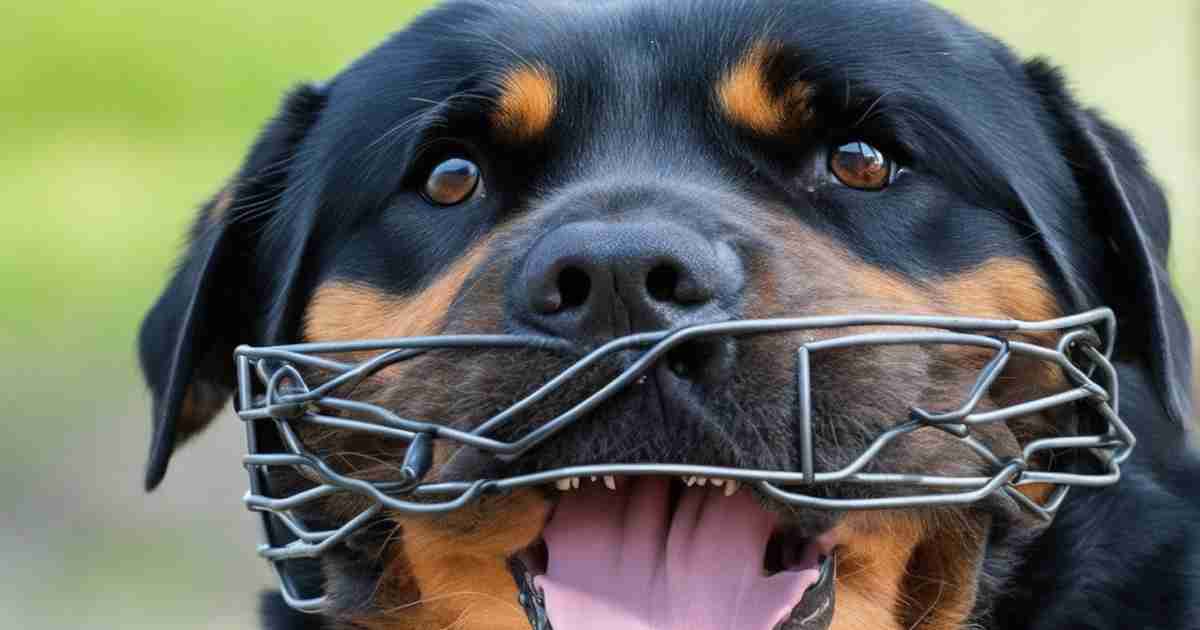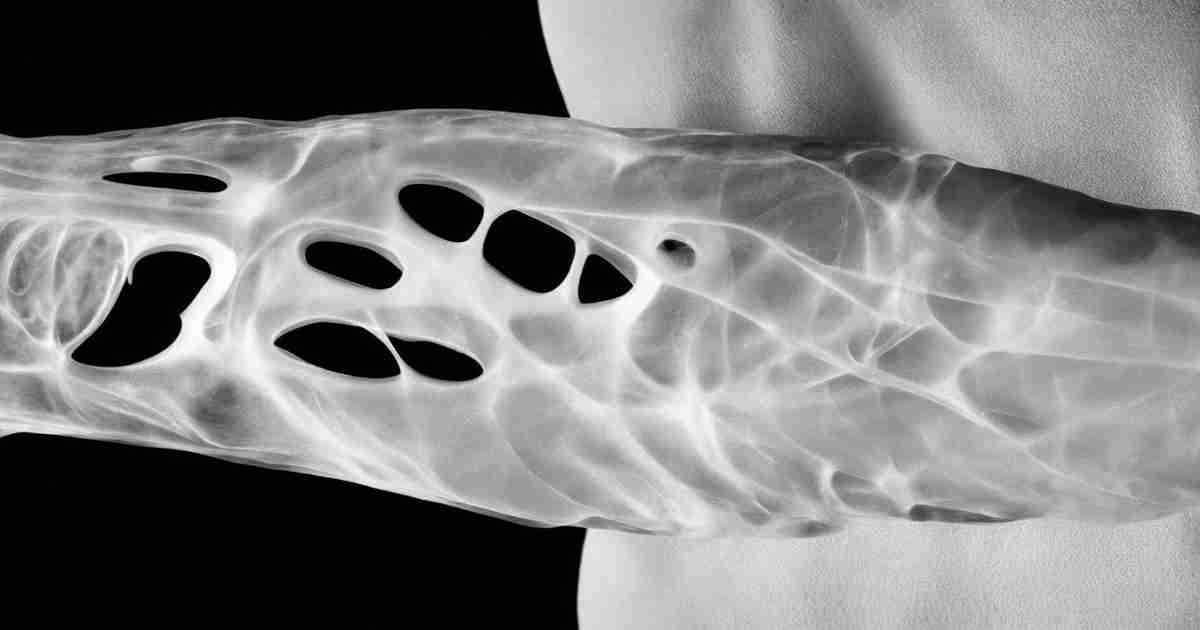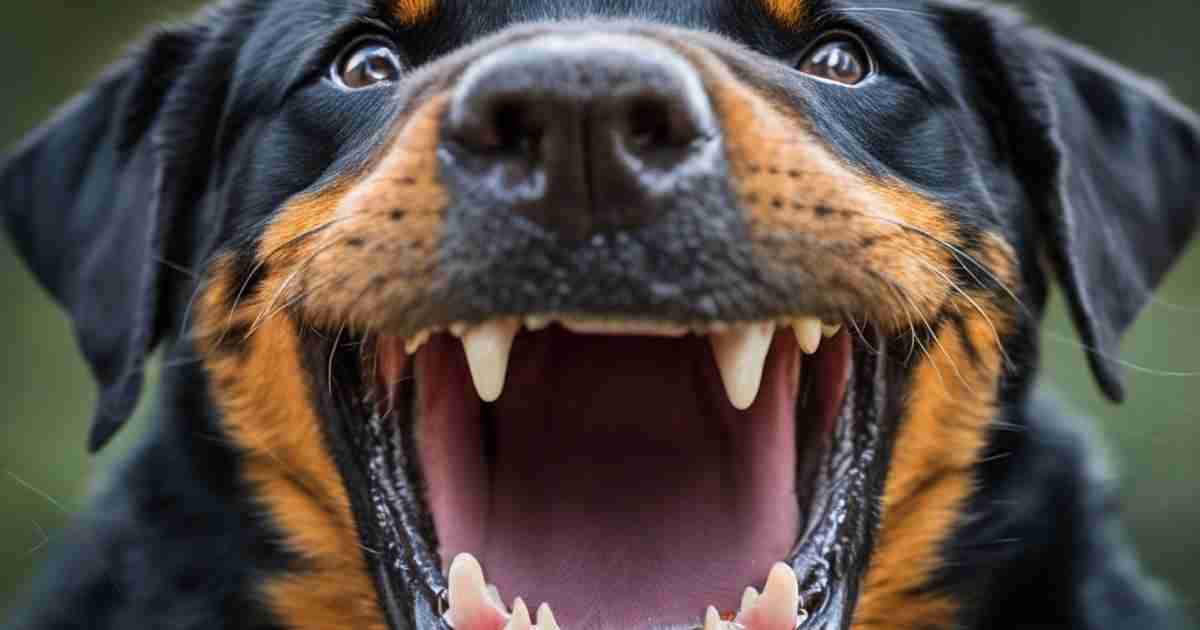Let me tell you a funny story about the first time I encountered a Rottweiler. I was about 12 years old, walking home from school past my cranky neighbor’s house.
He had a new Rottweiler puppy that would bark ferociously from inside the gate, baring his little milk teeth. I was terrified of the vicious noises coming from this muscular black puffball!
But years later, I realized Rottweilers often sound and look much scarier than the lovable goofballs they are inside. While their infamous bite is powerful, proper training and care makes all the difference.
A Brief History of the Rottweiler Breed
Before judging a book by its cover, it helps to understand where Rottweilers originated. These loyal working dogs drove cattle for butchers and herded livestock across Europe dating back to Roman times.
In the German town of Rottweil, they were bred specifically for their intelligence, strength, and guarding abilities.
Given their legacy as rugged, protective dogs, Rottweilers became favored as police, military and service dogs in the 20th century.
Today they work in search and rescue, therapy roles, and as devoted family companions. That natural protective instinct is part of what gives Rottweilers an exceptionally strong bite.
Measuring the Strength of a Rottweiler’s Bite
When it comes to evaluating rottweiler’s bite force, PSI (pounds per square inch) provides a standardized measurement to compare between dog breeds. Specialized tools have been developed to measure bite pressure.
These often use a pressure-sensitive pad placed between crushing bars or mounts. The dog bites down, and the psi level displays on a connected meter.
Research collected by veterinarians, breeders and universities has compiled bite force statistics for various breeds using pressure metering devices.
For example, an average domestic dog clocks in around 230-250 PSI. Some giant breeds like Mastiffs exceed 550 PSI! The PSI quantifies just how hazardous a dog’s jaw strength can be. But it’s not the only factor, as temperament must be considered as well.
The Impressive Rottweiler’s Bite PSI
So how do Rottweilers measure up based on bite pressure?
Tests reveal that Rottweilers have the top bite force of all dog breeds, averaging around 328 PSI.
To put that into perspective for you, the human bite force is 120 PSI on average. So a Rottweiler’s jaws pack nearly triple the chomping power of the average person!
When comparing popular large breeds, Rottweilers significantly out-bite:
- German Shepherds (238 PSI)
- Siberian Huskies (320 PSI)
- Labrador Retrievers (230 PSI)
- Doberman Pinschers (245 PSI)
Rottweiler PSI is also considerably higher than wild canines like wolves and coyotes.
Clearly, this breed’s history as a rugged, working dog translates into a forceful bite when measured scientifically!
However, remember bite force varies based on the dog’s individual size, age, health, and other factors. While the 328 PSI provides a helpful benchmark, responsible Rottweiler ownership means understanding your own dog’s capabilities.
The Damage Potential of a Rottweiler’s Bite
Given the extreme pressures Rottweiler jaws can exert, their bites can certainly cause major damage. Some common injuries include:
Deep puncture wounds – The heavy jaw pressure results in painful punctures from their large teeth. These gaping wounds are highly prone to infection.
Broken bones – Rottweiler’s bite force can fracture bones in the forearm, hands, fingers, and even break the nose or jawbone with a facial bite.
Torn flesh and loss of tissue – The crushing damage easily lacerates skin and muscle, especially on the limbs or neck. This can lead to dangerous bleeding or disfigurement.
Nerve damage – Sharp Rottweiler teeth may sever tendons and nerves near bite sites, impairing mobility. For instance, a forearm bite might damage the radial nerve controlling thumb mobility.
Permanent scarring – Facial bites in particular may result in substantial tissue loss and scarring, which can have profound emotional impacts.
Infection – Like any puncture wound, Rottweiler bites carry risk of bacterial infection. Signs include redness, swelling, oozing, fever, and chills around the wound.
Clearly, the power of a Rottweiler’s bite should never be taken lightly. Proper handling and training is essential for this breed. Let’s look at some real-life examples of devastating Rottweiler attacks so we don’t ever forget the harm untrained dogs can inflict.
Real-Life Cases of Rottweiler Maulings
While any large dog breed can attack given certain circumstances, some Rottweiler’s bites have made headlines for their tragic and shocking nature. Here are a few samplings:
Just this March 2022, a 2-month-old baby in Brazil was mauled to death by the family’s Rottweiler after it escaped confinement. The 8-year-old dog inflicted abdominal wounds that killed the helpless infant. Authorities euthanized the canine soon after.
In a 2021 South Africa incident, a 9-year-old girl suffered facial disfigurement when a neighbor’s escaped Rottweiler attacked her on the way to school. Doctors could not fully repair the damage done to her nose, lip and cheek.
A 25-year-old man walking near an apartment complex in 2020 India unfortunately died on route to the hospital after being mauled by a Rottweiler in the street. The dog inflicted serious bleeding neck and shoulder wounds that proved fatal.
As disturbing as these cases are, they offer important reminders that Rottweiler’s bites can turn deadly when dogs are mishandled.
However, it would be unfair to vilify Rottweilers as a whole based on human negligence in isolated incidents. Their reputation as loyal family pets stands when properly trained.
How to Prevent Rottweiler’s Bites
The key to ensuring both public and family safety around Rottweilers comes down to dedicated training and socialization from puppyhood. Responsible owners should practice:
Early socialization – Gradually get puppies accustomed to new sights, sounds, people, and animals in a controlled, positive way. This prevents fear-based biting later on.
Obedience training – Use reward-based methods to master cues like “sit”, “stay”, “leave it”, etc. Training reinforces the human-dog bond and curbs behavioral issues.
Supervision around strangers – Since Rottweilers tend to be protective, carefully introduce guests and keep your dog leashed and under control when needed.
Muzzling in risky situations – If your Rottweiler shows aggression, use a basket-style muzzle in public and around unfamiliar people or dogs.
Consulting professionals – If your Rottweiler exhibits unwarranted aggression, enlist certified behaviorists to address the root cause through counterconditioning.
With diligent precautions and training, Rottweiler owners can prevent the vast majority of bite incidents. But it’s equally important that prospective owners understand the breed’s care needs before welcoming one home.
Next, let’s examine how Rottweiler’s bite force and temperament compares specifically to the Pit Bull – another notoriously strong breed.
How Rottweiler’s Bites Compare to Pit Bulls
Due to their muscular frames, Rottweilers and Pit Bulls unfairly contend with similar assumptions when it comes to bite strength and aggression. But what do the stats actually show when comparing these two breeds?
In terms of PSI, Rottweilers measure around 328 on average, while Pit Bulls come in at 235 PSI. So Rottweilers have a moderately stronger bite pressure.
However, bite PSI alone doesn’t definitively prove one breed bites harder in practicality. The damage ultimately depends on individual size, health, prior training, pain response thresholds, and other variables.
For example, Pit Bulls range greatly in size from 30-90 pounds, whereas Rottweilers are more consistently 80-135 pounds fully grown.
So a small Pit Bull may do less damage than an especially large Rottweiler in some situations.
There’s also no reputable research that one breed is inherently more aggressive. With proper socialization and training, Pit Bulls and Rottweilers can thrive in families. Backyard breeding for the wrong reasons produces nervous, unstable dogs in any breed.
The key for owners of strong breeds like these two is understanding their exercise needs, training requirements, supervision, and temperament. With knowledge and effort, even dogs with high bite PSI can become safe, beloved companions.
Safety Precautions All Rottweiler Owners Must Follow
To avoid bite incidents, Rottweiler owners need to take special safety steps in key scenarios:
Teach children – Show kids how to properly interact with dogs, including petting, approaching, reading body language, and playing gently. Always directly supervise young children with this breed.
Follow leash laws – Keep your Rottweiler leashed and under control in all public areas. Use a basket muzzle if your dog has shown unwarranted aggression.
Notify guests – Inform visitors that you have a Rottweiler and set clear rules for interaction. Crate or confine your dog when needed.
Monitor multi-pet households – Given high prey drive, carefully supervise playtime with smaller pets. Be prepared to quickly separate if needed.
Selective breeding – Seek responsible breeders that prioritize temperament over looks or size alone. Backyard breeders often produce unstable dogs.
Staying vigilant goes a long way in preventing bites. But if the worst happens, knowing first aid response can help minimize damage.
How to Administer First Aid for Rottweiler’s Bites
If someone sustains a Rottweiler’s bite, quick reaction can truly save lives. Here are some key steps while awaiting medical treatment:
- Gently flush wounds with soap and water to clean away saliva or debris.
- Apply pressure using cloth or gauze bandages to control any bleeding.
- Cover with sterile dressings and immobilize injured limbs if possible.
- Watch closely for signs of shock like rapid breathing, paleness, weakness or dizziness.
- Call 911 for emergency assistance, especially with neck/face bites, heavy bleeding, or if wounds are gaping.
- Note the dog’s identifying details like color and address to inform authorities.
- Offer reassurance and comfort to the frightened victim until paramedics arrive.
Proper first aid can genuinely mean the difference between life and death with serious dog attacks. Owners should know basics like applying pressure, treating shock, and seeking immediate medical intervention.
Legal and Insurance Concerns with Rottweiler’s Bites
Given the damage Rottweiler jaws can inflict, their bites often involve legal action and insurance headaches. Owners must understand:
Euthanasia – Dogs with a known bite history may face court-mandated euthanasia, especially after repeated or serious attacks.
Criminal charges – Owners can face misdemeanor or felony charges if their Rottweiler seriously injures someone.
Quarantine – Dogs that bite will likely undergo a 10-14 day rabies observation quarantine before allowed home again.
Liability insurance issues – Inform your homeowner’s insurance provider you own a Rottweiler, as some do not cover them.
Settlements – Victims may pursue legal settlements to cover medical bills, lost wages, plastic surgery costs and other damages.
Muzzle laws – Many regions ban Rottweilers from public areas without a leash and muzzle. Know your local laws.
Preventing bites through training and containment prevents legal headaches! No owner wants to lose a beloved pet to poor behavior that could have been addressed earlier.
What Causes Aggression in Rottweilers?
For prospective Rottweiler owners, it’s important to understand what scenarios commonly trigger aggression and biting:
Pain or illness – Rottweilers in pain may react defensively if touched near an injury or sore area. Vet exams help determine any underlying medical cause.
Protectiveness – Rottweilers naturally defend their territory and family members. Without proper training, this instinct can become over-protective.
Fear – Insufficient socialization can leave Rottweilers fearful of unfamiliar people, animals or environments, prompting defensive bites.
Poor breeding – Backyard breeders emphasizing size over temperament sometimes produce Rottweilers with nervous, unstable genetics.
Trauma – Rottweilers abused or neglected as puppies may resort to biting when feeling threatened due to lingering fear and anxiety.
Guarding – Rottweilers tend to guard resources like food, beds and toys. Biting may result if bothered while eating or playing with a high value item.
So while Rottweilers have protective instincts, dedicated training and socialization from an early age can prevent unwarranted aggression. Their natural loyalty makes them wonderful companions for experienced owners.
Should You Adopt an Adult Rottweiler?
Many seeking the companionship of this breed look to adopt adult Rottweilers, thinking they are calmer than untrained puppies. Adult rescues can make wonderful pets, but do require some extra care:
Temperament testing – Have the shelter or foster home assess the adult dog’s behavior with people and other pets to ensure a good match.
Training investment – Assume an adopted adult Rottweiler is untrained. Be prepared to spend time and money on quality professional training.
Gradual introductions – Use crates, baby gates and leashes to slowly introduce an adopted Rottweiler to any current family members or pets.
Boundaries – Adult rescues need guidance to understand house rules and respect new family members. Set and reinforce clear boundaries.
Patience – It often takes adult dogs 3 months or more to decompress and feel secure in a new home. Allow plenty of time for adjustment.
While mature Rottweilers may seem intimidating at first glance, their regal exterior hides a devoted heart ready to share life with a loving guardian. Take time providing thoughtful training and care, and you’ll discover their true gentle spirit.
Conclusion
Rottweilers possess one of the strongest bite forces of all dog breeds, with jaws capable of exerting around 328 pounds per square inch.
When improperly handled, their powerful jaws and protective instincts can inflict serious injury through bites. However, proper training and socialization from puppyhood on significantly mitigates risks.
With dedicated care, supervision, and handling, the Rottweiler’s legendary strength becomes an asset rather than a danger. These imposing yet affectionate dogs prove loyal, mellow companions for owners willing to meet their needs.
Frequently Asked Questions
Q: Are Rottweiler bites capable of causing death?
A: Yes, though rare, Rottweiler bites can prove fatal due to blood loss, organ damage, or untreated infection. Their powerful jaws can exert over 300 PSI of pressure, enough to break bones and cause dangerous wounds.
Q: How can I tell if my Rottweiler is about to bite?
A: Warning signs include teeth baring, stiffening, staring, growling, raised hackles, and a lowered head position. Rottweilers displaying these signals should not be approached. Seek help from an accredited trainer or behaviorist.
Q: Are muzzles recommended for aggressive Rottweilers?
A: Yes, basket-style muzzles are great safety tools in high-risk situations if a Rottweiler has shown unwarranted aggression. They allow the dog to pant, drink, and take treats while preventing biting.
Q: Why might an adopted Rottweiler bite its new owner?
A: This breed bonds very closely with family. An adopted Rottweiler that’s rehomed multiple times may resort to biting due to fear and mistrust. Setting clear boundaries and building a secure bond through training can help adopted Rottweilers feel safe in their forever home.
Q: Are Rottweiler puppies prone to biting while teething?
A: As with any pup, Rottweiler puppies do tend to mouth and nip a lot during teething. saying “ouch!” and redirecting to a chew toy is important to teach gentle jaws young. Though painful, puppy bites won’t cause serious injury.
Q: Should I play tug-of-war games with my Rottweiler?
A: No, rough play like tug-of-war can encourage dominant tendencies in Rottweilers leading to biting issues. Instead focus on mentally stimulating games that reinforce your leadership role.
